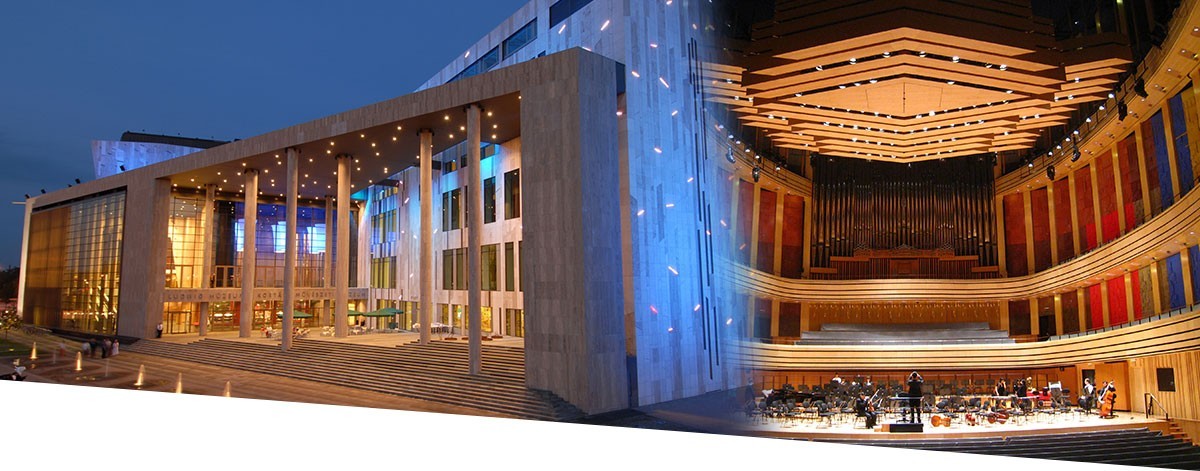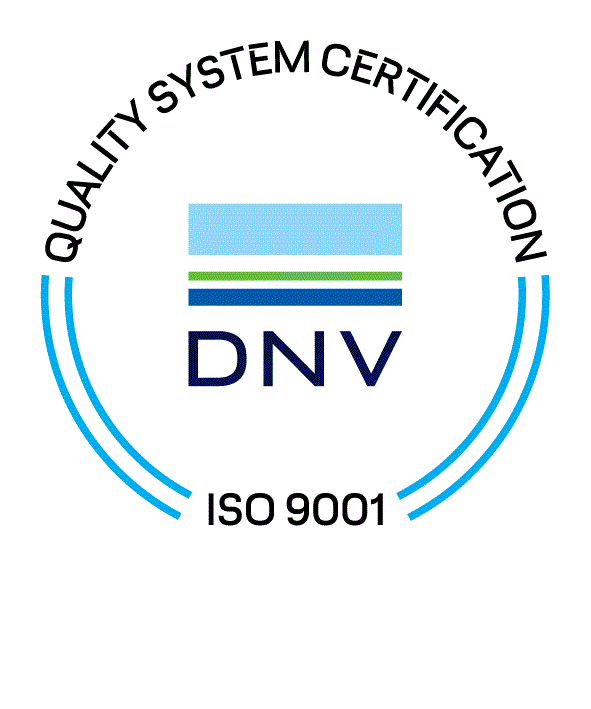Acoustics, Noise & Vibration, City noise mapping
VIBROCOMP is dedicated to delivering cost effective and tailored solutions that enhance comfort, and functionality
Noise and Vibration Control:
Noise and vibration control is a crucial aspect of engineering and design aimed at minimizing unwanted sound and mechanical oscillations in various environments. This discipline encompasses the implementation of measures and technologies to mitigate the impact of noise and vibration, ensuring the comfort, safety, and well-being of individuals and the functionality of structures.
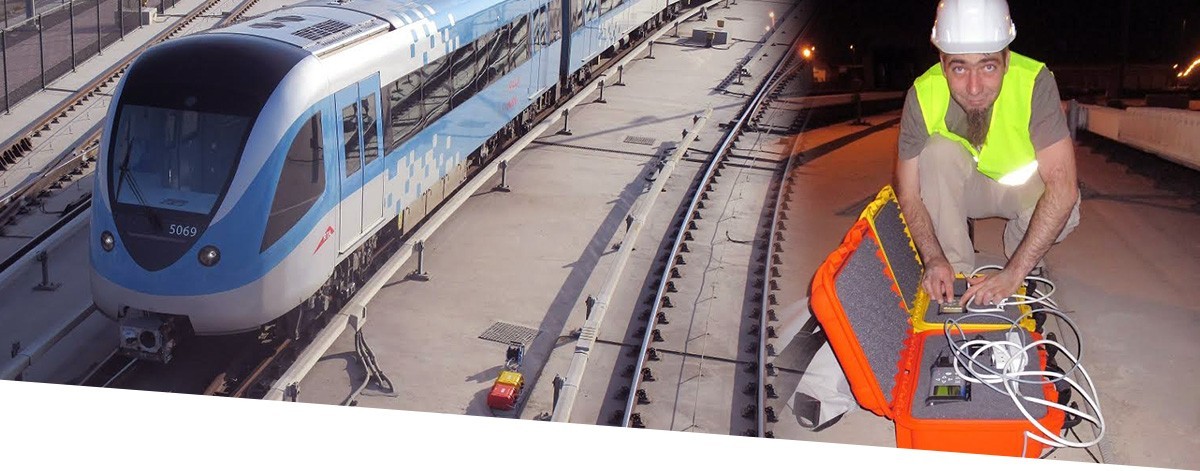
Key Components of our noise and vibration control approach:
-
Source Mitigation:
- Identification: Pinpointing the sources of noise and vibration in a system or environment.
- Engineering Solutions: Implementing design changes or technological solutions to reduce or eliminate noise and vibration at their source.
-
Transmission Control:
- Isolation: Employing materials and systems that isolate vibrations, preventing them from traveling through structures or machinery and affecting adjacent spaces.
- Barrier Implementation: Installing physical barriers, such as walls or enclosures, to block the transmission of sound waves.
-
Damping Techniques:
- Vibration Dampers: Introducing damping materials or devices to absorb and dissipate mechanical energy, reducing vibrations and associated noise.
- Noise Absorbers: Applying sound-absorbing materials to surfaces to minimize sound reflections and control reverberation.
-
Structural Design:
- Dynamic Analysis: Incorporating dynamic analysis in the design phase to predict and address potential vibration issues.
- Material Selection: Choosing materials with favorable acoustical properties to minimize the generation and transmission of noise and vibration.
-
Occupational Health and Safety:
- Worker Protection: Mitigating workplace-related noise and vibration to safeguard the health and well-being of employees.
- Compliance with Regulations: Ensuring adherence to occupational health and safety regulations governing permissible noise and vibration levels in various industries.
- PA/GA design refers to the design and implementation of Public Address and General Alarm systems in various facilities, particularly in industrial and marine environments. These systems are critical for communication, safety, and emergency management.
Why select our noise and vibration control approach:
-
Human Comfort:
- Reducing unwanted noise and vibration contributes to creating a more comfortable and productive environment for occupants, whether in residential, commercial, or industrial settings.
-
Health and Well-being:
- Prolonged exposure to high levels of noise and vibration can have adverse effects on physical and mental health. Control measures are essential to prevent health issues such as hearing loss, stress, and fatigue.
-
Environmental Impact:
- Noise pollution has environmental repercussions, affecting ecosystems and wildlife. Effective control measures help minimize the impact of human activities on the natural environment.
-
Equipment Performance:
- Many mechanical and electrical systems function optimally when operated within specified noise and vibration limits. Control measures are necessary to maintain the reliability and efficiency of machinery.
-
Regulatory Compliance:
- Adhering to local, national, and international regulations and standards regarding acceptable noise and vibration levels is essential for legal compliance and community relations.
In summary, noise and vibration control is indispensable for creating habitable, safe, and sustainable environments. It plays a vital role in enhancing the quality of life, ensuring the longevity of equipment, and promoting a harmonious relationship between human activities and the surrounding environment.
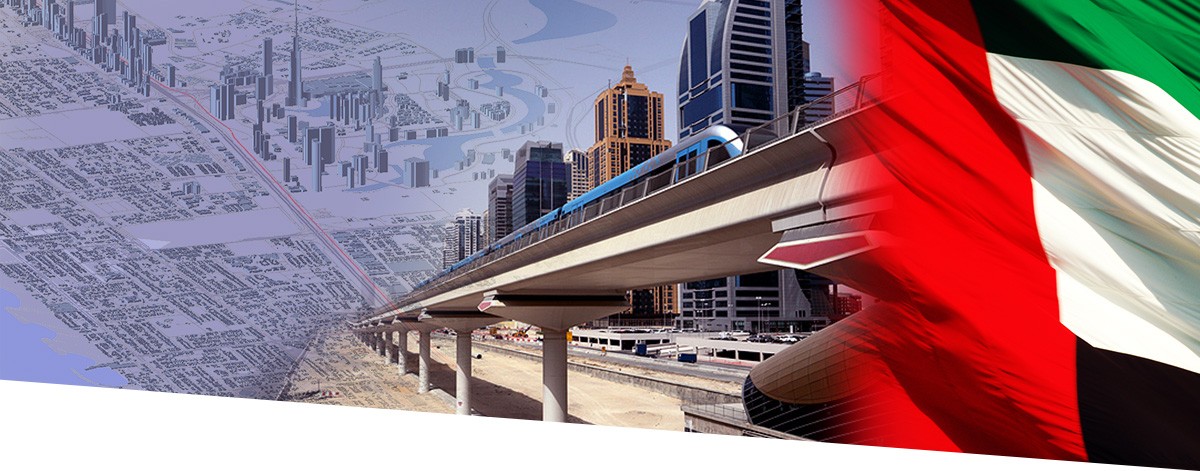
We provide the following services:
- Acoustic measurements (sound insulation and room acoustics)
- Acoustic Evaluation against design criteria
- Noise and Vibration measurments
- Noise and Vibration modelling, prediction
- Data analysis and evaluation
- Review of design standards
- Recommendations to achieve compliance
- Propose corrective actions to meet the design criteria in case of non-compliance
- Strategic noise maps and action plans according to 49/2002 EC Directive
Clients we serve are in the:
- architects
- construction
- government
- infrastructure
- industry
- private developers
sector
Please see our references under the PROJECTS menu.
VIBROCOMP provides measurement, prediction, modelling and mitigation measures for existing or future developments.
Based on measurments and/or model calculations we can estimate the pollution levels from roads, highways, city trams, subways, railway lines, airports, and all kinds of industrial facilities and seaports.
VIBROCOMP also provides reduction action plans with cost optimisations, customised solutions to be implemented in the planning phase to reduce exposure to pollution in the future.
Vibrocomp has developed the most effective mapping and planning tool, our methodology gives quick and accurate calculations that allow us to create viewable models for any area of any size in order to complete efficient and cost effective figures for our customers.
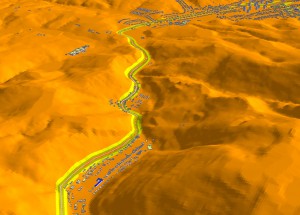
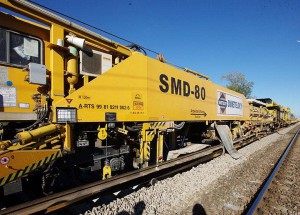
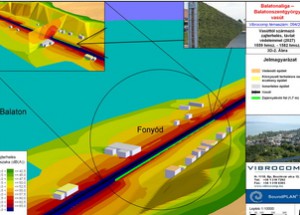
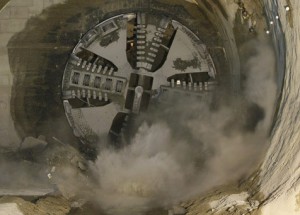
|
Mayor advantages of modelling (noise and vibration):
|
